Puss in the Boots (sometimes titled The Master Cat) is an old fairy tale written by Charles Perrault. Like all the classics, it has a rich history and numerous interpretations. It can be used as a great example of explaining why some fairy tales stood the test of time and others don't. Here are 10 amazing facts about Puss in Boots to think over:

The Puss in the Boots
by Tolovaj
Puss in Boots is one of eight fairy tales written by Charles Perrault's Mother Goose. It's a classic tale with a questionable moral and open to many interpretations.
One of many stories about the animal helper
1. The cat is not the only possible animal helper in the tale about a young poor master building his way up in the society. While we can start with differences between a female cat in Italy (enchanted princess) and a male cat in France (typical trickster), it's only a beginning. There are several variations, where the helper is a fox (several parts of Europe), a jackal (mostly in India), a monkey (parts of Asia) and even a gazelle (in Africa). Depending on society, where the story takes place, the animal is inherited, or trapped by its future master.
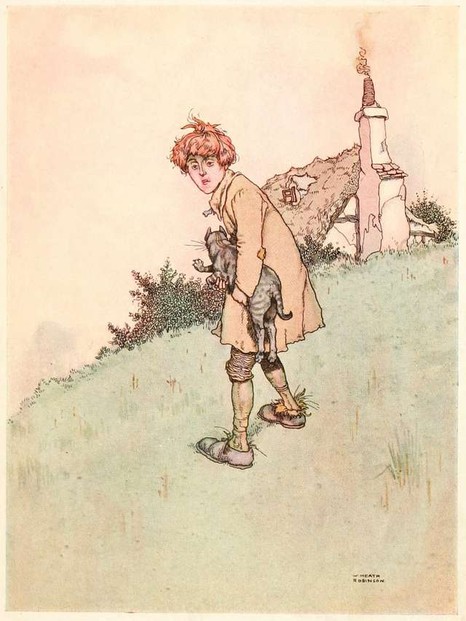 The Puss in Boots by William Heath Robinson |
2. Boots are probably Perrault's invention, at least as we can check in written resources, and illustrators loved them. Footwear plays important role in many fairy tales.
Cinderella is obviously the most famous of all, but we can find an important role of shoes or boots in Snow White, Twelve Dancing Princesses, The Glass Mountain, Jack the giant Killer, Hop o' My Thumb, ...
Andersen paid homage to the role of shoes in a society with his The Red Shoes and we should not forget Dorothy's shoes in The Wizard of Oz either.
3. This story is a nice example of exercising the power of three rule, so often in fairy tales. We have three sons, three gifts, three stops on the way to the ogre's castle, ... Less obvious are three steps of the cat's deception:
First, he is flattering the king with presents, achieved by pretending.
Second, he is presenting his master in precious but borrowed clothes.
Last, he is proving his master's wealth by stealing the properties thanks to threatening and trickery.
Full article about Puss in Boots, its history and symbolism is available right here:
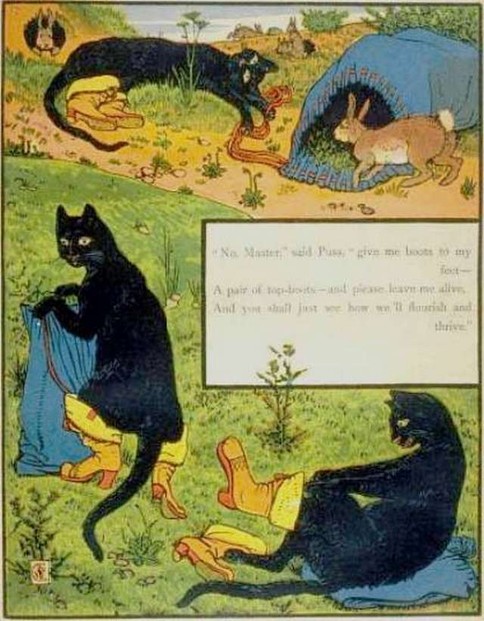 The Master Cat by Walter Crane |
The illustration above is from Walter Crane's picture book, published in 1911.
A fairy tale as a reflection of society
4. Boys are miller's sons. The occupation of a miller is not chosen by coincidence. It presents a working class. A craftsman or a tradesman can, unlike a peasant, achieve relatively good material status and is quickly becoming a threat to the nobility where money wasn't earned but rather inherited.
We can find many millers in fairy tales who are trying climb the social ladder with Rumpelstiltskin being the most famous of all (miller's daughter supposed to make gold out of straw, what makes her a perfect wife for a king). Other examples are The Robber Bridegroom, The Nixie in the Pond, The Fairy and the Miller's Wife, ...
5. Brothers Grimm included Puss in Boots in the first edition of their Children's and Household Tales under the title: Poor Miller's Boy and the Cat. This is only one of many examples of their sloppiness.
Contrary to the general belief they actually didn't collect fairy tales among common people in distant villages, but rely on only a few story-tellers, who told them just about everything they heard.
Henriette Dorothea (Dortchen) Wild, a best friend of their only sister Lotte and future wife of Wilhelm was one of their major sources, but she lived in a society with strong French influence (Napoleon actually created the Kingdom of Westphalia) and fairy tales from France managed to sneak into the German heritage, which brothers Grimm so passionately tried to preserve.
It was not the only mistake in their book which eventually brought them at least three honorary doctorates. The Princess and the Pea by H. C. Andersen was also for some time included in the collection of German folktales.
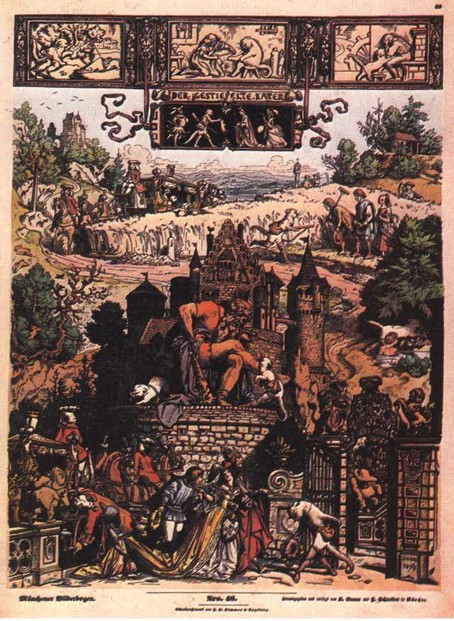 Puss in Boots painted by Moritz von Schwind |
6. To be honest, Puss in the Boots is far from being of French origin. Perrault very likely wrote it after Giambattista Basile's Pippo, published several decades before (in Pentamerone) and Giovanni Francesco Straparola's Soriana aka Constantino Fortunato several hundred years before (in The Pleasant Nights). Straparola apparently never claimed an authorship of the tales in his book, yet he is often credited as an inventor of so-called Rise Tale, where a poor boy or a girl with a help of magic obtains a royal marriage and wealth.
More about Straparola's book can be found here:
http://goodyguides.com/straparolas-pleasant-nights-as-one-of-the-most-important-books-to-read/
In other words: while France is considered as a homeland of a fairy tale as a literary genre, the fairy tales of first French authors were only retellings of already published Italian fairy tales, including The Master Cat by Perrault.
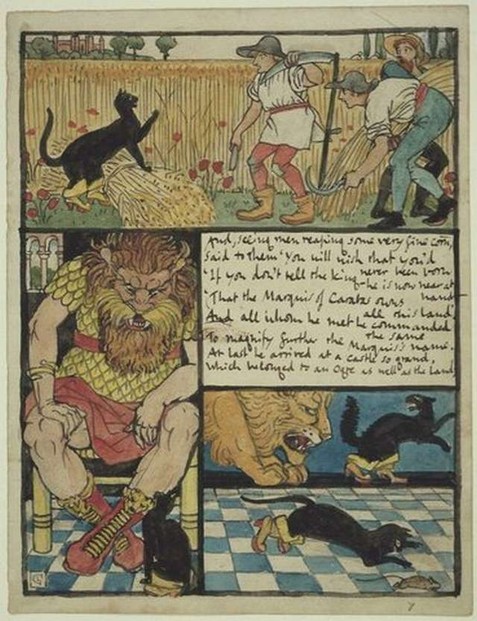 Cleverness is better than brute force |
7. An ogre is another addition to the tale by Charles Perrault (he also added an ogress to his version of Sleeping Beauty and another ogre to Hop o' My Thumb, a predecessor of Hansel and Gretel).
An ogre represents ancient pagan forces, which are rapidly losing the fight against the new social order, in fairy tales represented by weak, yet clever boys or girls of humble social origin.
8. The story of puss in boots not always ends happily. At least for the sidekick, no matter how clever he was.
The master in most versions awards his helper with some kind of comfortable position, from being a retired cat to becoming a minister. But there are examples, where the cat tests his master's loyalty by pretending to be dead. When the masters show no regret the cat curses the master or even burns his house!
9. The message of the fairy tale can be understood in several (confronting) ways. It is great to hear how one's success doesn't necessarily depend on his birth. The youngest boy started with really bad hands of cards but managed to become rich and marry a princess.
But we also clearly see that his success didn't come from hard work and honesty. No, his way from rags to riches is paved with lies, deceit and even a murder. Apart from that Perrault pointed out the importance of good looking clothes, not boy's character. Another important detail is the fact about the king's drinking. With several glasses down the road his good will and readiness to accept the new person in his family significantly improved.
10. Some modern retellings of Puss in Boots are trying to justify the Puss's actions. He is, for instance, presented as a rescuer who promises freedom to the field-workers, if they lie for his master and saves them of ogre's tyranny when he tricks him to change into a mouse.
You might also like
Importance of Fairy TalesIn modern times we too often forget the importance of reading fairy tales to ...
1001 Arabian Nights: The Stories Behind the Story1001 Nights, for many more known as Arabian Nights is one of most popular col...
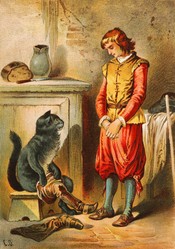


 Vintage Postcard Artists with 10 Examples of Easter Cardson 02/21/2025
Vintage Postcard Artists with 10 Examples of Easter Cardson 02/21/2025
 Valentine's Symbolson 01/23/2025
Valentine's Symbolson 01/23/2025
 Thanksgiving Symbolson 11/12/2024
Thanksgiving Symbolson 11/12/2024
 Famous Witches in Literary Historyon 10/06/2024
Famous Witches in Literary Historyon 10/06/2024
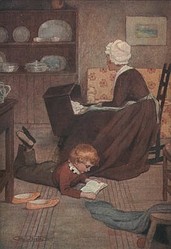
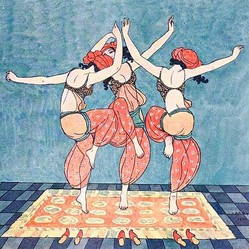
Comments
I have read about that version only in reference articles. I have never read that tale. It's just too much to read all, let's say over one thousand versions of Cinderella.
Your comment 8 boxes down, Sep. 18, 2023, correlates a Persian cat in ancient Iran as the oldest feline sentient in the evolving Puss in boots fairy tale.
Do we have access to that Persian-style Puss in boots or do we know that version only from subsequent references?
For example, in a facetiously -- ;-D -- Academy Award-winning type acknowledgment speech, might Perrault in hypothetical essence have said, "I want to thank ancient Persia. Without that ancient Persian antecedent my le maître chat ou le chat botté would not have been possible"?
I am not an expert on mythology, but there are definitely many interesting things to explore. You can start with Minotaur or Kentaurs or Mermaids or Sirens or ...
Your wizzley on the mythological antecedents to the fairy tale about the wolf and the seven young kids caused me to ponder other fairy-tale and myth connections.
Animal sentients intervening for their human companions' well-being does not draw up for me mythological parallels and predecessors.
The only parallel, the only precedent is the non-sentient animal during the Trojan War. The human-made Trojan horse perhaps may be said to intervene on behalf of his Greek makers. That horse perhaps may be said -- like the cat interacting with the king for the miller's son -- to realize what the Greeks sought from the Trojan king.
Might there be no or some precedent of an animal sentient from mythological tellings?
I'm not sure why Puss wears hat in Hollywood. I guess they checked different versions at the test audience and for some reason this one won.
The in-text images lead me to believe that Puss in Boots only dons boots.
But filmed representations of him sometimes present him with a hat.
Would that just be a "Hollywoodism" or would it be drawing on some tradition regarding Puss in Boots (and in Hat ;-D)?
This title is Perrault's yes.
The first fact, One of many stories about the animal helper, mentions "a female cat in Italy (enchanted princess) and a male cat in France (typical trickster),"
Might fairy tales always, never, sometimes present female animal sentients more cordially than male animal sentients?
The first sentence in your introduction alerts us to two possible titles for the above fairy tale: Master cat or Puss in boots.
Online sources confirm what I as francoparlante ("French-speaker") determined as possible original French titles Le Maître chat ou le Chat botté.
Do we know which designation Perrault preferred?
At the moment it is believed the version from Persia is the oldest with a cat. About mammals - it's normal to 'use' animals which are seen and interacted every day, I suppose.